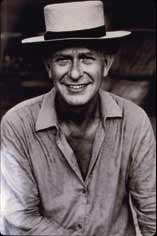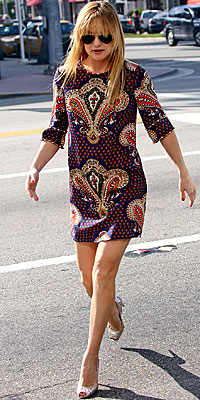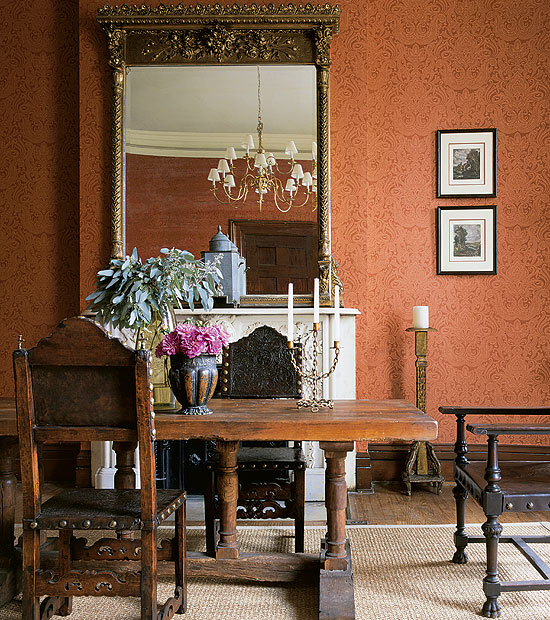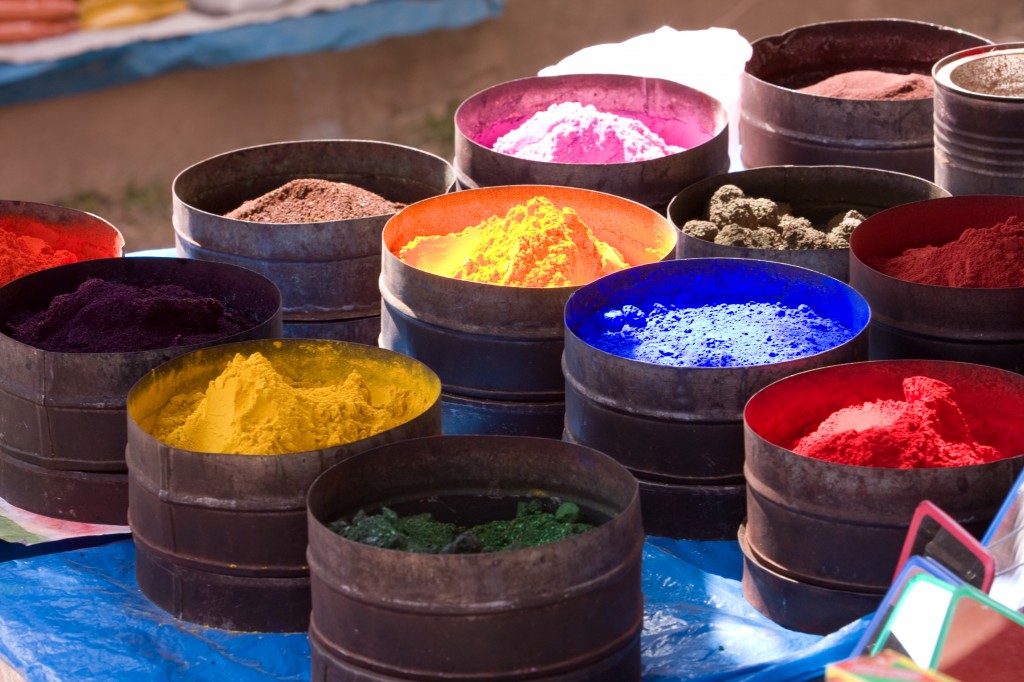
For over half a century, Jack Lenor Larsen has
held a preeminent position in this country as a
textile designer.
My fascination as a designer and appreciation as a textile lover is consummated with Larsen Textiles. They never fail to grab my attention and desire to share with clients who too love artistically rich fabrics.
The archive of the Jack Lenor Larsen textile company reveals time and again that the driving force behind this influential company has always been the principal that art need not be separated into high (or fine) art and low art (or craft).
The Larsen Design Studio creates modern, artistic fabrics for interior use, yet their innovations with handwovens, batiks and fabrics in scale with modern architecture have changed the industry.
Artistic and technical explorations are the cornerstones that have kept the company on the front edge of the market for half a century.
Founded in 1952, Larsen’s first decade was a time of extraordinary growth and diversification. Initially known for their use of natural fibers and handwoven textiles, they soon learned to use power looms in ingenious ways to maintain the integrity of the design and meet the growing demand for their fabrics.
A Look at Larsen Textiles
The 1970s proved to be a decade of transition away from the boldness of the 50s and 60s to the subtle elegance of the 80s and 90s. After Larsen’s acquisition of Thaibok Fabrics in 1972, silk became an increasingly important aspect of their line. Larsen designers also explored the potential of extra-wide fabrics that could be used for seamless wall and window coverings.
Acquired by Cowtan and Tout in 1997, Larsen Textiles carries the Larsen tradition of technical innovation and design excellence into the 21st century. Casements continue to be an important part of the line, with an emphasis on the strength and elegance of linen and the possibilities of synthetic materials. There is a renewed interest in the design of wallcoverings to complement the fabric line.
For over half a century, Jack Lenor Larsen has held a preeminent position in this country as a textile designer. The“Larsen Look” was created, to a great extent, by the designer’s innovative experiments with sheer or reflective fabrics utilizing an understated palette of natural and neutral fibers: they were a perfect complement to the spare and restrained simplicity of modern architecture.
The hand and the eye of Jack Lenor Larsen are also intrinsic to all of his designs and his collections. “If we can learn to see with our hands and feel with our eyes as he does, we can more fully enjoy the creativity of the artist and the collector.” Jennifer Renzi http://nymag.com/homedesign/fall2007/39599/
Tags: artisan, craft, design, Portland, Seattle, Textiles, weaver
Posted in Ideas and Inspirations | No Comments »




